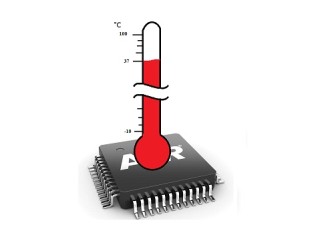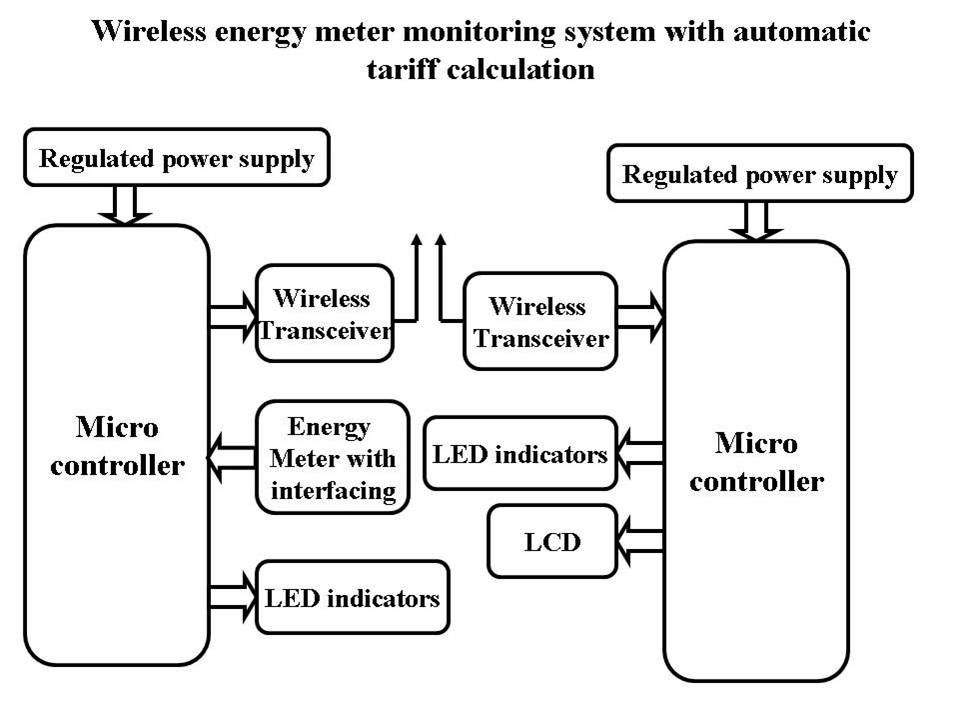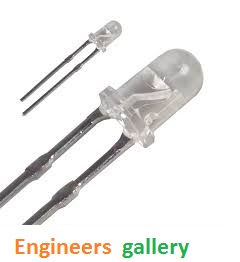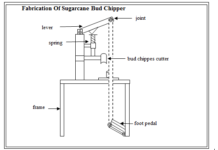MISCELLANEOUS MATERIAL USED IN CARPENTRY SHOP
There are a number of other materials used in carpentry shop besides timber. The main materials are dowels, nails, screws, adhesives, paints and varnishes. A brief description of such material is given as under.
Dowels
Dowels are wooden pieces of special nails kind generally made out from bamboos or other similar wood by the carpenter himself. They are used for fastening different wood
structural components. Hole is initially drilled through the two pieces or parts to be joined together. After assembling of in proper position of the parts to be joined, the dowel is then driven through the parts.
Nails
Nails in wood work are made out of drawn wire of brass or copper or low carbon steel or malleable iron rods. Nails made from drawn wires are termed as wire nails and are produced from rods as clasp nails. The clasp nails possess a better holding capacity than wire nails. According to the use, the wire nails are subjected to light and medium work while the clasp nails are commonly used for heavy work. Nails are mainly used for reinforcing glued joints and fastening different component of woods. Their size is specified by length and diameter. These are sold by weight in the market.
Screws
Screws are made from bright drawn wires or thin rods and they are used mainly for fixing the metallic fittings like hinges and hasps in wooden structure.
Adhesives
Adhesives is defined as the sticking substance such as glue, paste, cement and mucilage that is capable of holding wooden parts together by surface attachment permanently. It is commonly used to join together the boards edge-to edge to form a larger surface or face-toface to increase the thickness. It is applied on large surface areas of material as when laying veneers and is also used to stick together relatively small surface areas such as wood working joints. An efficient adhesive or sticking paste or glue is one that maintains good bond between the wooden elements under the conditions of service that the joint has to withstand. It is required frequently for joining together the wooden boards edge to edge to form a larger surface or face to face to increase thickness in joinery work and many other common types of wood works. It is applied either cold or hot condition. The former is known as liquid or cold glue and is used when a slow and less strong setting is desired. When applied hot, it is known as cooked glue that enables a very strong and permanent type of joint between the adjacent layers of wood pieces. Few commercially available adhesives can be classified as casein glue, animal glue, vegetable glue, albumen glue, synthetic resins, poly-vinyl-acetate (PVA), paint and varnishes, rubber cement and plastic cement and few important such adhesives are briefly discussed as under.
Casein glue
Casein glue is made by adding an alkali to the curd of skimmed milk. It is commercially available in powdered form in the market. It can be made into a paste, while using, by adding water. It is thicker than animal glue but squeezes out of the joint quickly when pressed. This glue requires 15 to 20 minutes to set a wooden joint and therefore thus provides the carpenter sufficient time to glue and clamp his work. Casein glue is a commonly used adhesive which is very strong and water resistant. It is used specially in components which are continuously subjected to high humidity viz. furniture, boat making, veneering, beams and others wooden components.
Animal glue
This glue is made from hides, hoofs, bones and other waste parts of animals. These materials are refined and developed in form of sheets, flakes or powder. Before applying, the glue should be soaked in cold water over night and then heated. It is generally applied hot and sets very rapidly. It is also available in liquid form commercially which is applied cold i.e. it does not require any heating before application. An important point is to be noted that this glue should be applied immediately after heating. Repeated heatings should be avoided as this weakens the bond of the glue and also its fluidity is lost due to evaporation of water, rendering it thicker.
Vegetable glue
It is developed from the starch which is obtained from roots, grains and corns of trees by subjecting them with acid and by grinding to a powered form. It is mainly used in plywood work and it is not much suitable for general work.
Albumen glue
It is prepared by adding an alkali to beef blood and is available in flakes forms in the market. During use they are dissolved in water in about an hour earlier, to found a liquid solution and it gives a very strong and water proof bond.
Synthetic resin glue
This glue is made from formaldehyde uric acid and other chemicals. It is available in generally powder form. Before use, it is thoroughly mixed with water to proper consistency. The commercial varieties of resin glue involve polyvinyl-resin glue in liquid form, plastic resin glue in powder form and resorcinol-resin. The polyvinyl glue is the fastest setting, strong, easy to use and it is extensively used in furniture and decorative work. The plastic resin glue is mainly used in plywood work. The resorcinol glue can be used for joining wooden parts which are constantly subjected to changing weather condition exposed to humid environment.
Paint and varnishes
They are commonly applied on wooden or metallic articles for the reasons to protecting the surfaces of wood or metal from the effects of moisture and weather change. They are used on surfaces for making them decorative in appearance. Copied from Basic of Manufacturing Processes and Workshop Technology by Rajender Singh.














